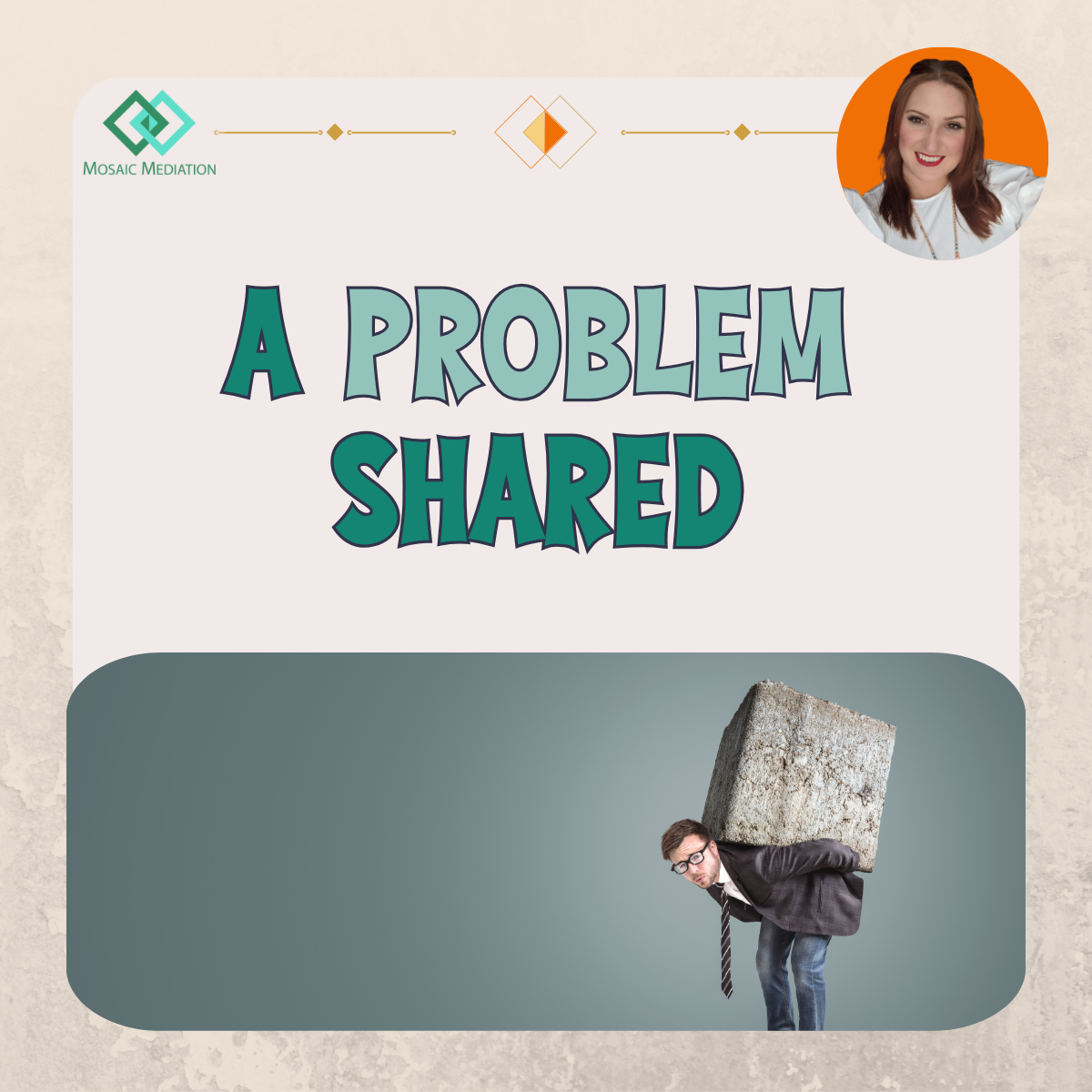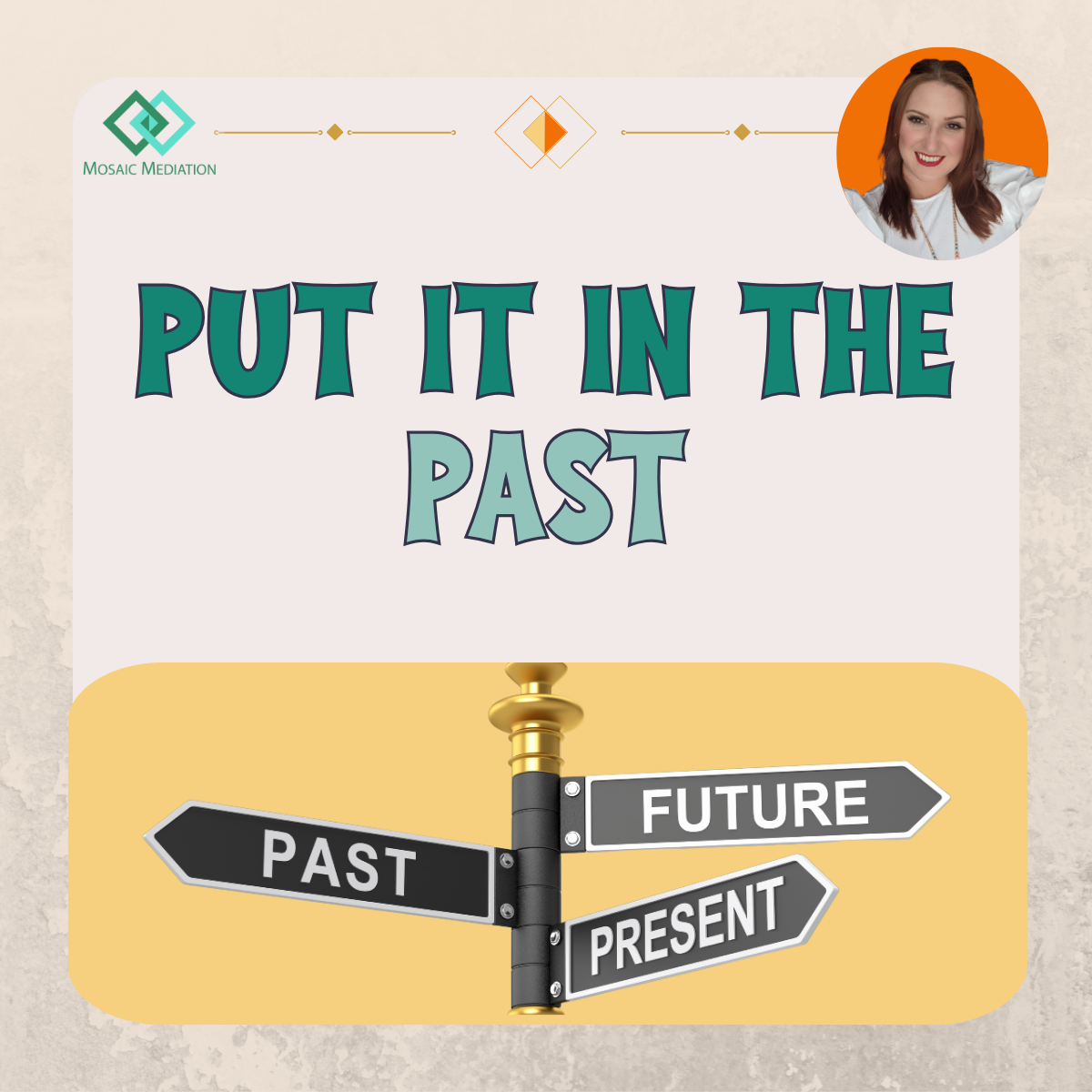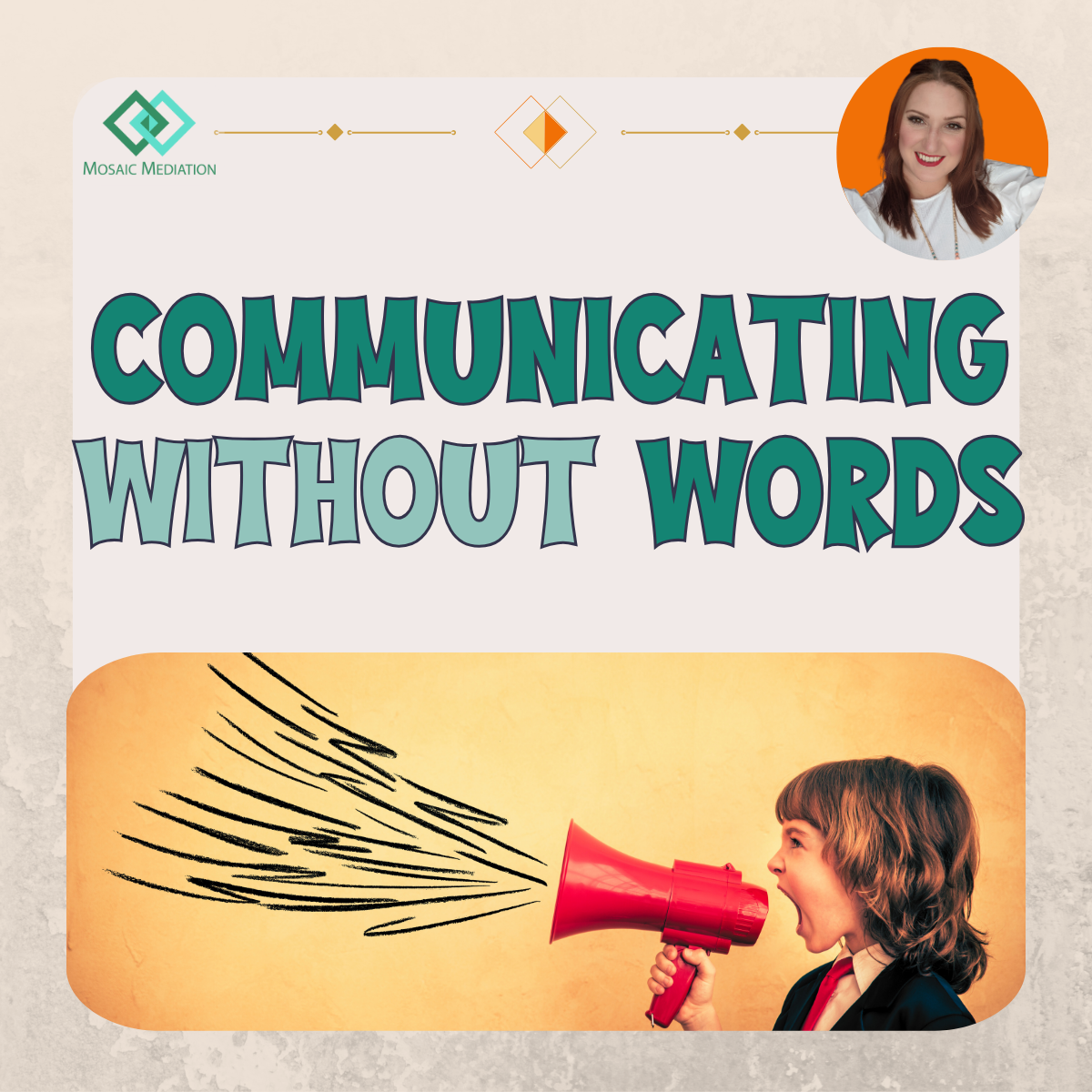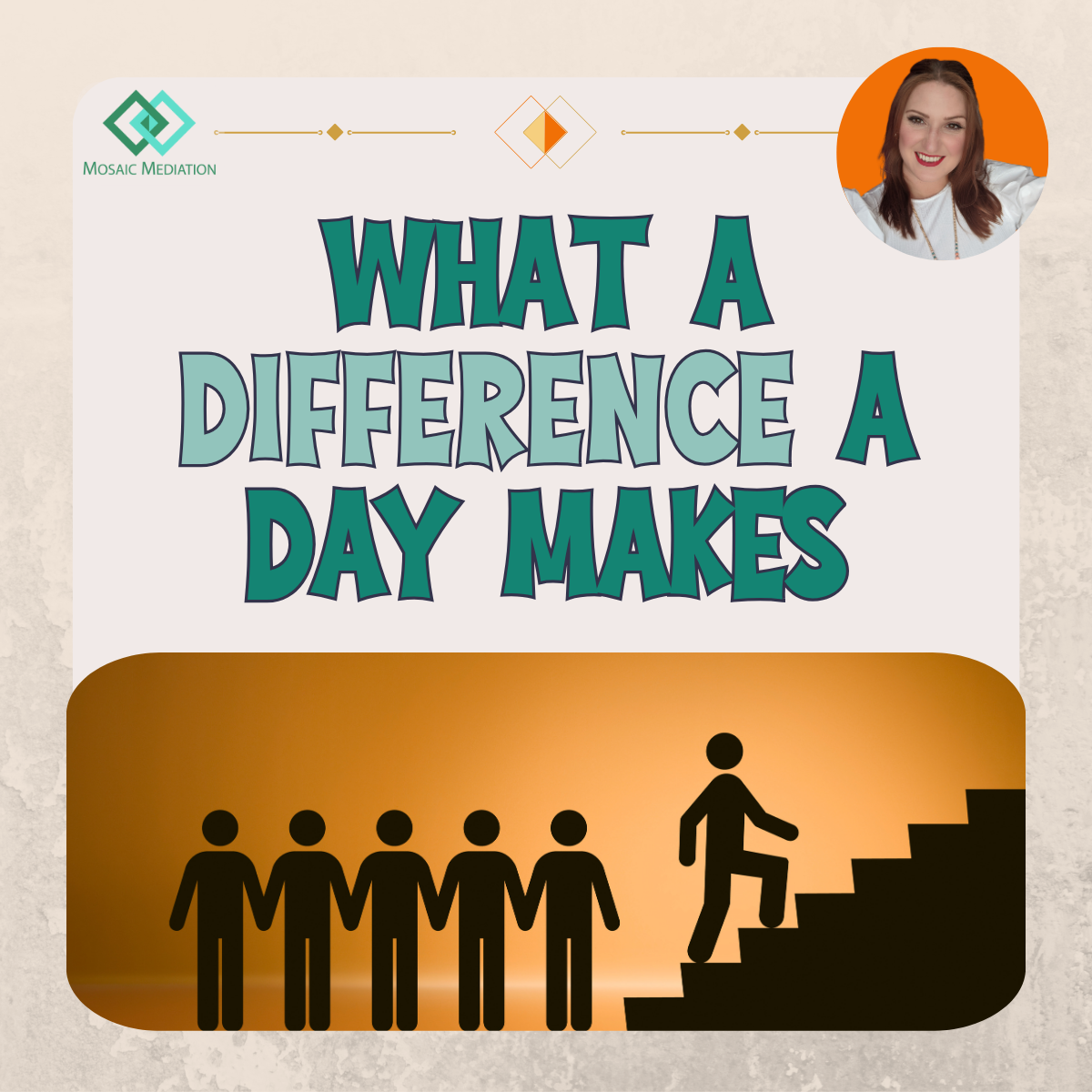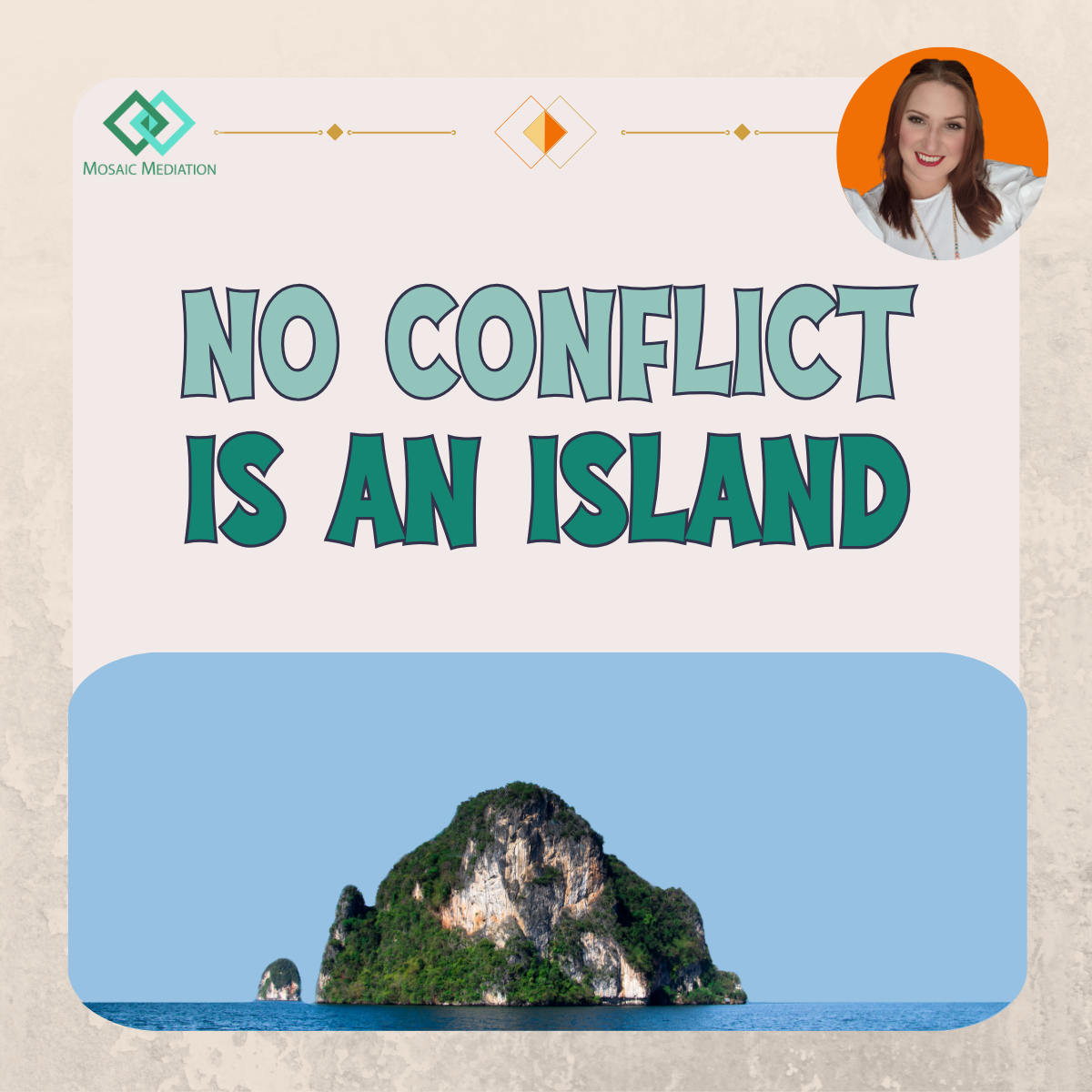STOP talking to a brick wall
How to communicate so people listen to you

It may be with your teenager – “Just another reminder to PLEASE hang up your towel and not leave it on the floor!”
It may be with your boss – “As I mentioned in my previous email, I can’t make that meeting as I can’t work weekends.”
It may be with your staff member – “I understand you have a lot of tasks you are dealing with. Can you remember to send that urgent proposal to me as you promised you would last week?”
It may be with your colleague – “Can you see that it’s MY name written on that stapler, not yours, right?”
The passive-aggressive reminders don’t seem to be doing the job do they? Even the very direct ones don’t seem to be resulting in any action. It’s like talking to a brick wall!
Yes, we all know that communication ‘takes work’. We all know that people are ‘different’. Yet, when we are in the middle of an interaction, we seem to forget that.
Or, perhaps, we are not quite sure precisely what the differences are and how to bridge a gap between them to get the message across properly?
I find that in almost all my workplace mediation enquiries, a common theme comes up: the individuals just clash. They “communicate very differently”, as the line manager or HR professional tells me.
So, I investigated how to tackle this beyond my facilitative role as a mediator… And, I found DISC profiles. At first, I was cynical about them. I have never appreciated the phrase ‘personality profile’ or any psychometric tool which tells people that this is how they are and always will be.
However, what I like about DISC is that the focus is not on categorising someone and putting their whole personality into a ‘box’ but on helping people become more aware about how they communicate, behave and are motivated. DISC also acknowledges that the ‘profile’ you get one year may be different in 5 years if you have developed new skills or have had a significant job role change or life experience.
When I do a team DISC workshop or mediation, what I find quite interesting is seeing the penny drop, when someone realises why their hard-fought attempts to communicate with someone didn’t work out.
· Why a staff member was feeling de-motivated by an approach that their line manager had successfully used for many other people before.
· Why a spouse was finding their communication style aggressive rather than honest or direct.
· Why a colleague always wanted more detail than they first offered.
Communication truly is a two-way process and you have to acknowledge that during a conversation you are each coming from two very different perspectives and will probably communicate, think and behave differently too. So, though it seems like there couldn’t possible be a misunderstanding about the words or intention behind them, it can absolutely happen if you are only thinking from your perspective.
My approach is never to tell someone that their way of communicating is wrong. Just that if it’s not achieving the result you hoped for, something needs to change!
Having this new understanding of different profiles – both yours and other people’s profiles – is not an unsubtle hint telling you to change who you are, but something for you to utilise and adapt how you communicate to the person on the receiving end. It is the most logical thing to do!
I have been a mediator for 7 years now and have been using DISC for over half of that time. Being a DISC practitioner has enabled me to encourage offense-free self-reflection from my mediation parties, empower and develop self-awareness in my coaching clients, and support better communication and interactions within teams in organisations.
So, if you feel like you are talking to a brick wall when you speak to certain individuals – in work or at home – come and have a chat. Get in touch by emailing enquiries@mosaicmediation.co.uk or use the Contact page.
Would you like to understand your communication style? DISC profiles are available for individuals and teams. Click HERE to find out more.
